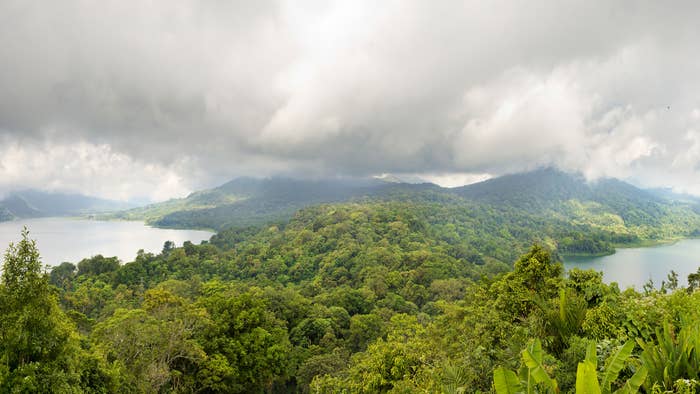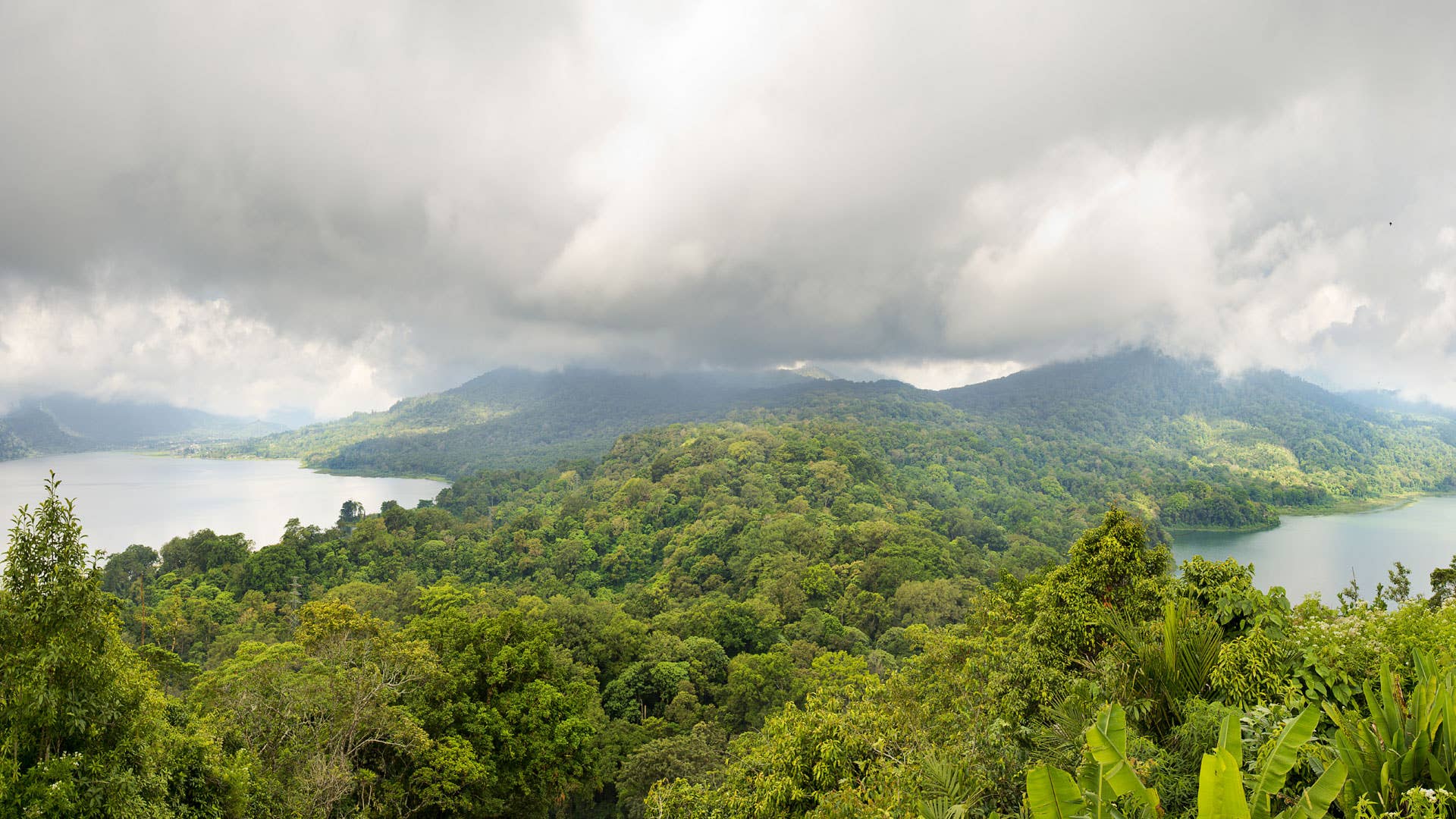
Nine years after a group of researchers from Yale put together the “Map of Life,” which provides a database that pins where known species live across the globe, they have now put together a map that attempts to locate areas where yet-to-be-discovered species may reside.
The goal, according to the guy who spearheaded the project (Yale ecology and evolutionary biology professor Walter Jetz), is to get to any existing undiscovered species before they’re gone for good.
“At the current pace of global environmental change, there is no doubt that many species will go extinct before we have ever learned about their existence and had the chance to consider their fate,” Jetz said. “I feel such ignorance is inexcusable, and we owe it to future generations to rapidly close these knowledge gaps.”
The map, which is linked at the bottom of this post, was published on Monday in the journal Nature Ecology & Evolution.
Lead author Mario Moura added to Jetz’s words by saying that the study will change the discussion from “How many undiscovered species exist?” to more practical ones, like “Where and what?” species exist.
“Known species are the ‘working units’ in many conservation approaches, thus unknown species are usually left out of conservation planning, management, and decision-making,” Moura added. “Finding the missing pieces of the Earth’s biodiversity puzzle is therefore crucial to improve biodiversity conservation worldwide.”
Conservative scientific estimates believe that only 10 to 20 percent of Earth’s species have formal descriptions, according to Science Daily. In an effort to put a dent in that number, Moura and Jetz assembled a mountain of data that includes geographical ranges, historical discovery dates, and the locations of roughly 32,000 known terrestrial vertebrates in the hopes that it will give them an idea of where and what types of unknown creatures from the four main vertebrate groups (amphibians, reptiles, mammals, and birds) haven’t yet been recognized.
As an example of how this works, the researchers came to the conclusion (that you likely already came to, as well) that big animals that reside near highly populated areas have probably been discovered. Finds like these are likely to remain rare. Instead future discoveries are expected to be animals with small ranges in inaccessible areas or places with small populations.
The team’s research suggests that Brazil, Indonesia, Madagascar, and Colombia are the countries with the greatest chance to find new species.
They also noted the need for “more funding for taxonomists to find the remaining undiscovered species,” and shared their hope that a map of undiscovered life can provide a blueprint for where future efforts should be focused.
“It is a fascinating project, which puts together a multitude of datasets on species distribution and allows us to better know biodiversity patterns on the planet,” Moura said. “We hope to motivate citizen scientists and biodiversity enthusiasts about the importance of species discovery and ignite discussions and agreements from those responsible for decision-making and conservation planning.”

